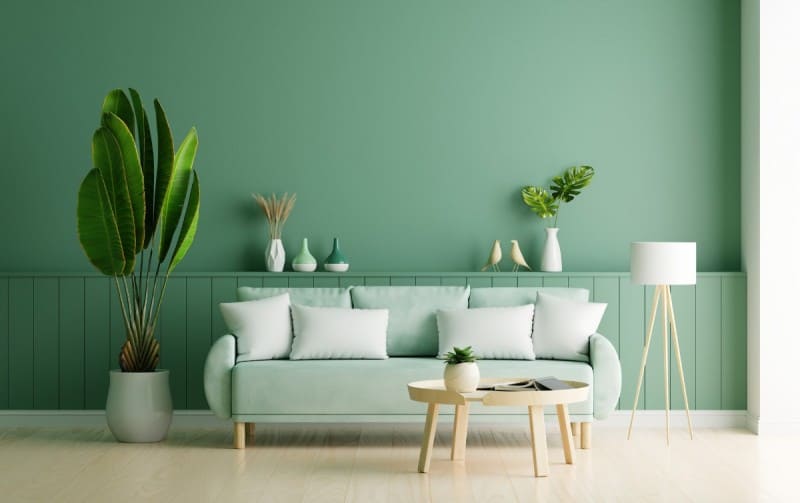In today’s environmentally conscious world, the shift towards sustainable living is more prominent than ever. As homeowners seek to reduce their ecological footprint, one significant step they can take is choosing eco-friendly paints. This guide explores the benefits, types, and considerations of eco-friendly paints, providing you with all the information needed to make an informed decision for your home coloring needs.
Understanding Eco-Friendly Paints
Eco-friendly paints, also known as green paints, are formulated to minimize environmental impact. These products differ from traditional paints in several key ways:
- Low VOCs: Volatile Organic Compounds (VOCs) are chemicals found in many traditional paints that can cause health issues and air pollution. Eco-friendly paints contain low or zero VOCs, ensuring better indoor air quality and less environmental harm.
- Sustainable Ingredients: Green paints use natural or bio-based ingredients, such as water, plant oils, and mineral dyes, which are renewable and less toxic.
- Biodegradable: Many eco-friendly paints are biodegradable, which means they break down naturally without leaving harmful residues in the environment.
- Recycled Packaging: Manufacturers often use recycled materials for packaging, further reducing the carbon footprint.
Benefits of Choosing Eco-Friendly Paints
Opting for eco-friendly paints comes with a myriad of benefits, not only for the planet but also for your health and the overall aesthetics of your home:
- Healthier Living Environment: With lower levels of VOCs, these paints contribute to a healthier indoor air quality, which is especially beneficial for those with allergies or respiratory issues.
- Durability and Quality: Contrary to common misconceptions, eco-friendly paints offer excellent durability and coverage, comparable to their traditional counterparts.
- Wide Range of Choices: Modern advancements in paint technology have expanded the color and finish options available in eco-friendly paints, ensuring you do not have to compromise on aesthetics.
- Positive Environmental Impact: By choosing sustainable paints, you contribute to reducing pollution and conserving natural resources.
How to Choose the Right Eco-Friendly Paint
Selecting the right eco-friendly paint involves more than just picking a color. Consider the following factors to ensure you make the best choice:
- Certifications: Look for paints that are certified by reputable organizations like Green Seal or the EcoLogo program, which guarantee that the products meet stringent environmental and health standards.
- Base Type: Decide between water-based or oil-based eco-friendly paints, depending on the surface and the finish you desire. Water-based paints are easier to clean and emit fewer odors.
- Finish: Eco-friendly paints come in various finishes, such as matte, gloss, and satin. Each has its advantages, depending on the use and the desired aesthetic effect.
- Performance: Consider the paint’s performance in terms of coverage, drying time, and color retention. High-quality eco-friendly paints can compete with traditional paints on all these fronts.
Innovations in Eco-Friendly Paints
The field of eco-friendly paints is continuously evolving, with new technologies and innovations improving their quality and effectiveness:
- Advanced Bio-Based Formulations: New formulas that utilize bio-based solvents and resins are being developed, which perform better and are gentler on the environment.
- Improved Color Durability: Innovations in pigment technology have enabled eco-friendly paints to offer more vibrant colors that last longer, even in challenging conditions.
- Eco-Conscious Manufacturing Processes: Manufacturers are increasingly adopting energy-efficient processes and waste reduction measures in the production of eco-friendly paints, setting a higher standard in sustainability.
Final Thoughts
Choosing eco-friendly paints for your home is a smart and responsible decision that benefits both the environment and your health. With the advancements in technology and increasing availability of sustainable options, it has never been easier to make a positive impact with your home improvement choices.


